For generations, the limestone rock shelters of southwest Texas and northern Mexico have hidden some of the most spectacular ancient artworks in North America. These vivid Pecos River style murals—towering human-like figures, animals in motion, and intricate abstract motifs—have been the source of wonder for archaeologists for many decades. Only recently, however, has an innovative scientific approach to dating the ancient paint itself made it possible to determine the actual age and duration of this artistic tradition.

Using two combined radiocarbon methods, the researchers examined a total of 12 mural sites across the Lower Pecos Canyonlands. The team applied plasma oxidation to extract small traces of organic carbon from the paint layers, material likely left by binders such as plant matter or animal fat. Those samples were then analyzed through Accelerator Mass Spectrometry, producing 57 direct radiocarbon dates in addition to 25 indirect dates from mineral accretions that formed over the paintings. This allowed the scientists to build a detailed chronology through Bayesian modeling.
The results indicate that the Pecos River style tradition originated nearly 6,000 years ago, most likely between 5760 and 5385 years ago. It continued until around 1,400 to 1,000 years ago, making the practice’s duration close to 4,000 years, or about 175 generations. Few artistic traditions anywhere in the world show this much longevity and continuity.
Even more remarkable is the consistency of the imagery across such a long timescale. The analysis demonstrated that the majority of the murals did not result from gradual accumulation but were, in fact, created as unified compositions. Artists followed recurring patterns in the placement of figures, the stratification of colors, and the framing of scenes. Red and yellow mineral pigments, often derived from iron oxides, were used according to a sequence passed down through generations, implying a deeply rooted visual language.
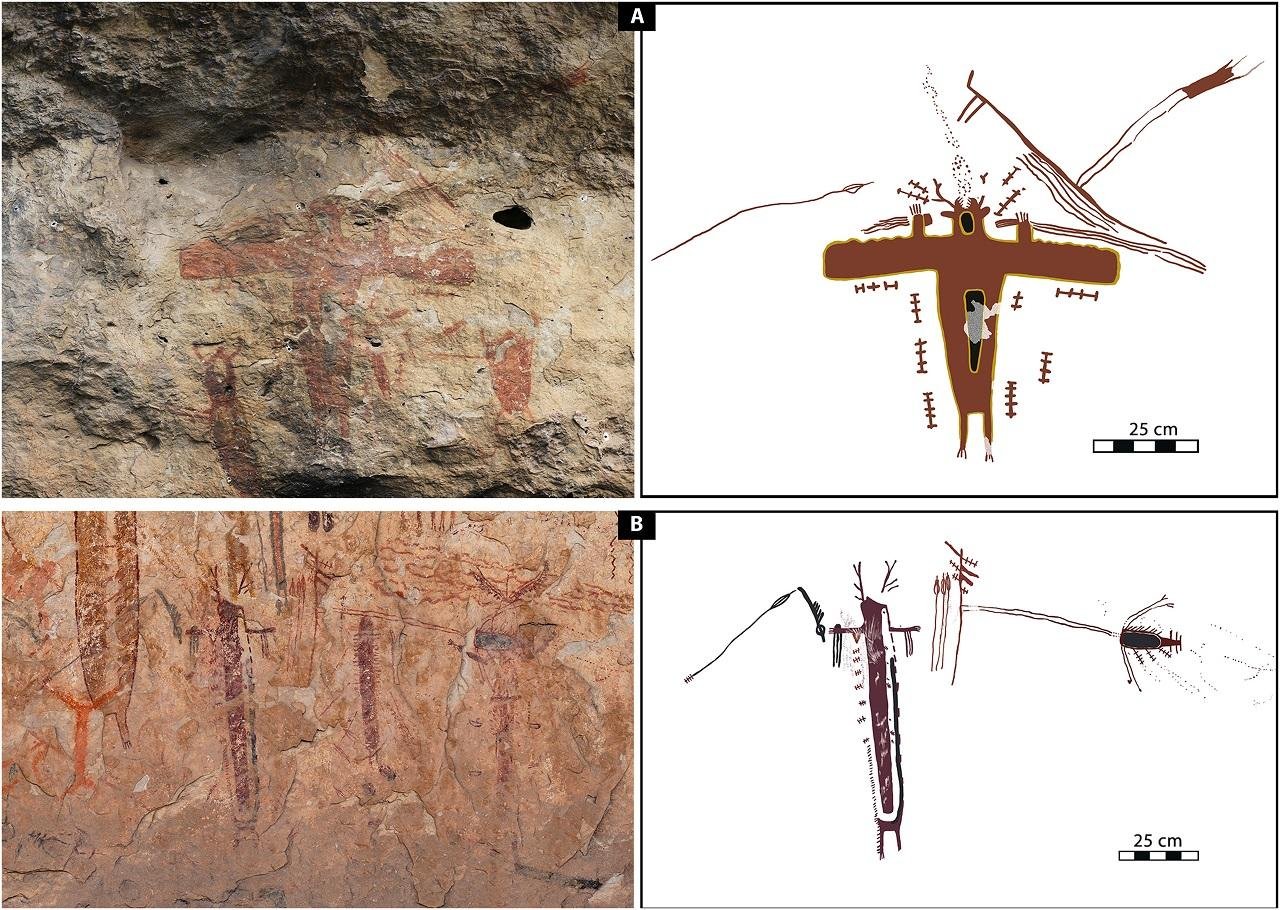
The narratives of these murals seem to be based on a sophisticated worldview. Recurring motifs and ordered compositions are indicative of a shared “cosmovision”—a concept that describes the way one perceives the universe, creation, and time cycles. Such ideas were kept stable during periods of changing climate, technology, and subsistence among surrounding hunter-gatherer societies. The murals’ persistence indicates that this belief system played a key role in shaping community identity and ritual practices.
Elements of such ancient metaphysical beliefs later appeared in the symbolic traditions of Mesoamerican agricultural societies, including the Aztec and Maya, and in the beliefs of some modern Indigenous communities. The new study not only sheds light on a vast artistic legacy but also provides a dating method that may help unlock the chronology of rock art traditions around the world.



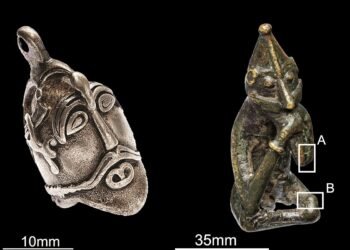
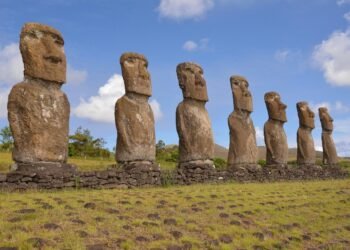
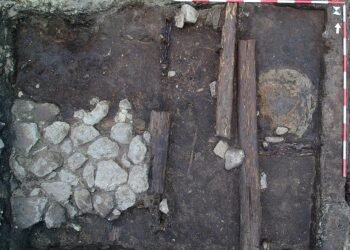
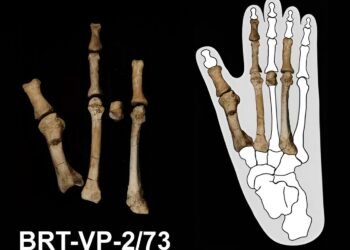
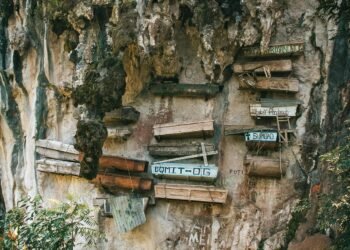
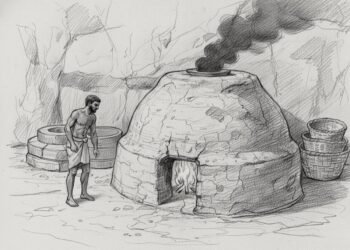















Comments 0